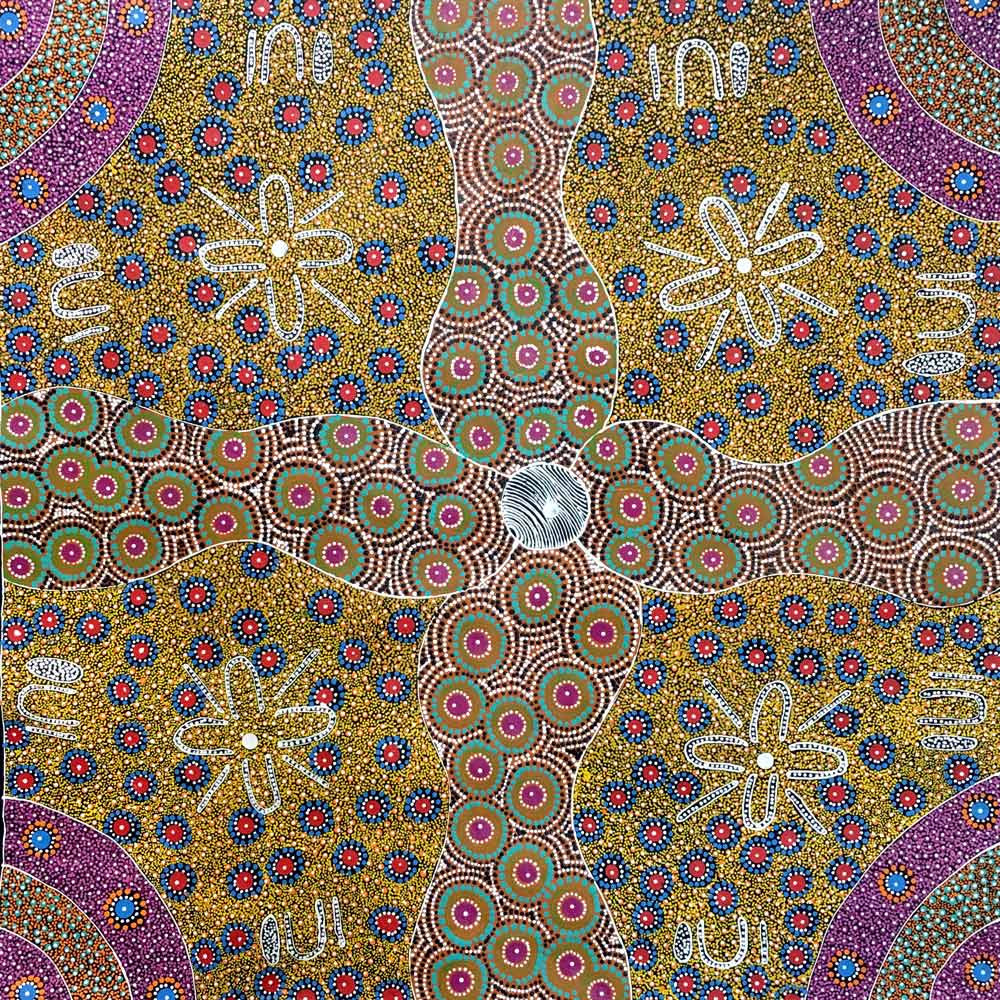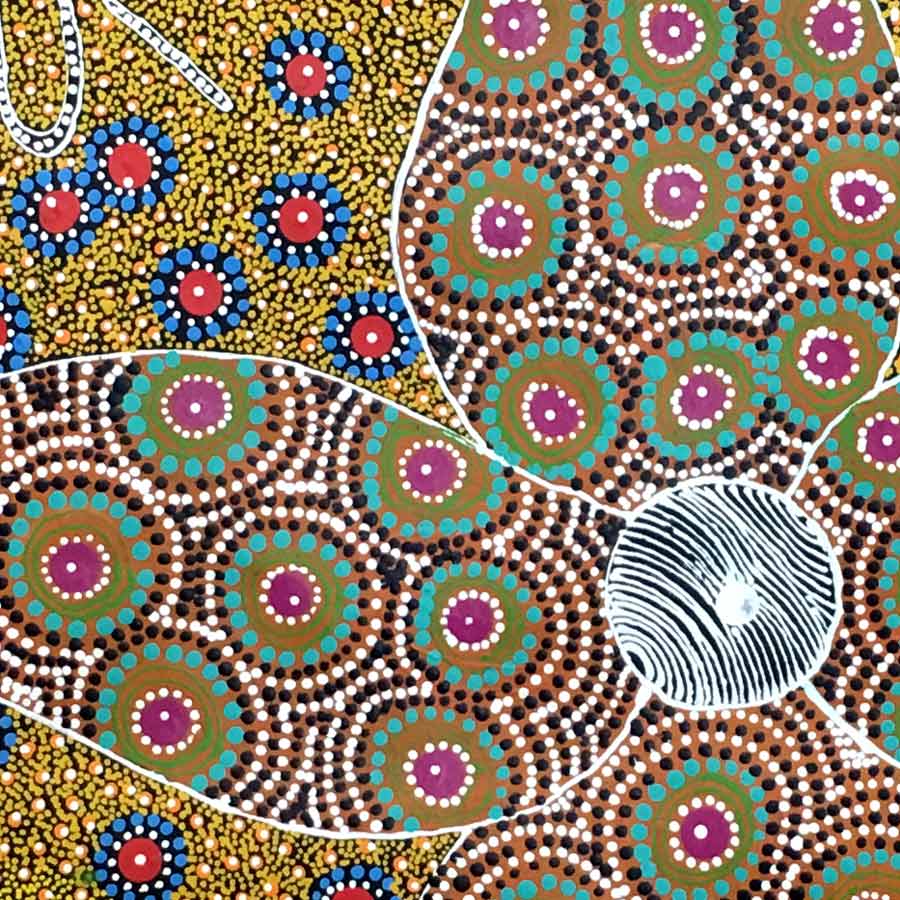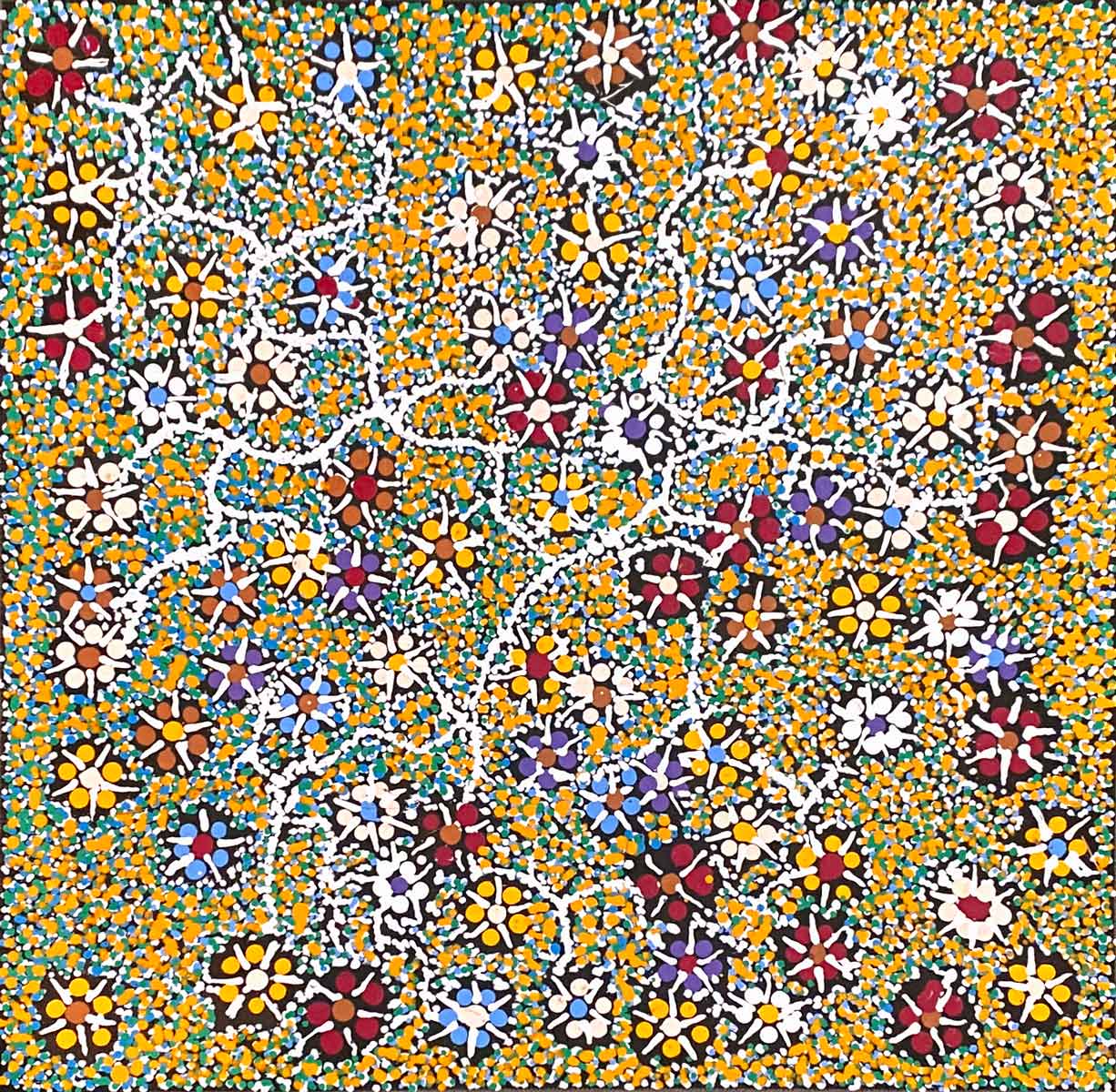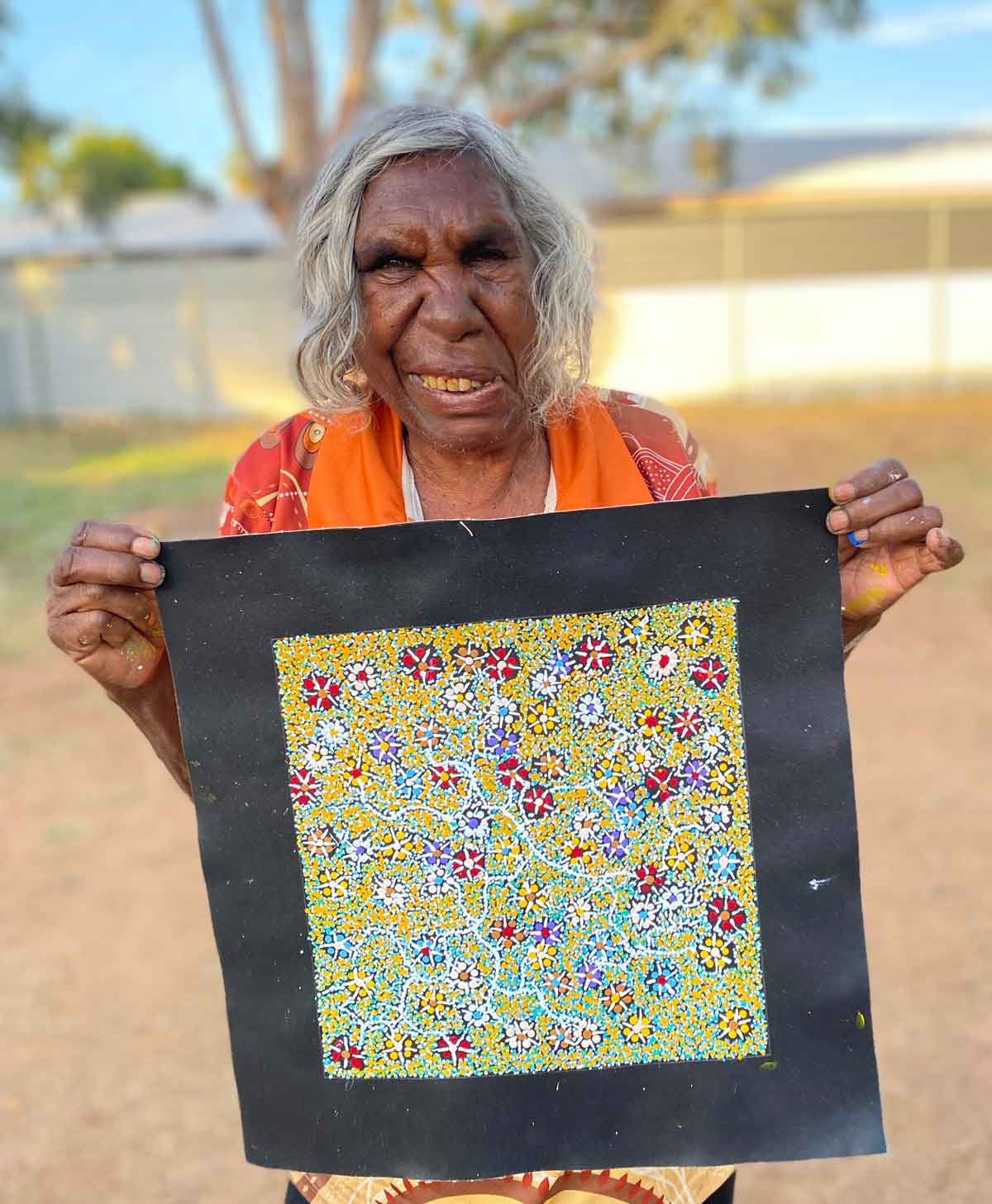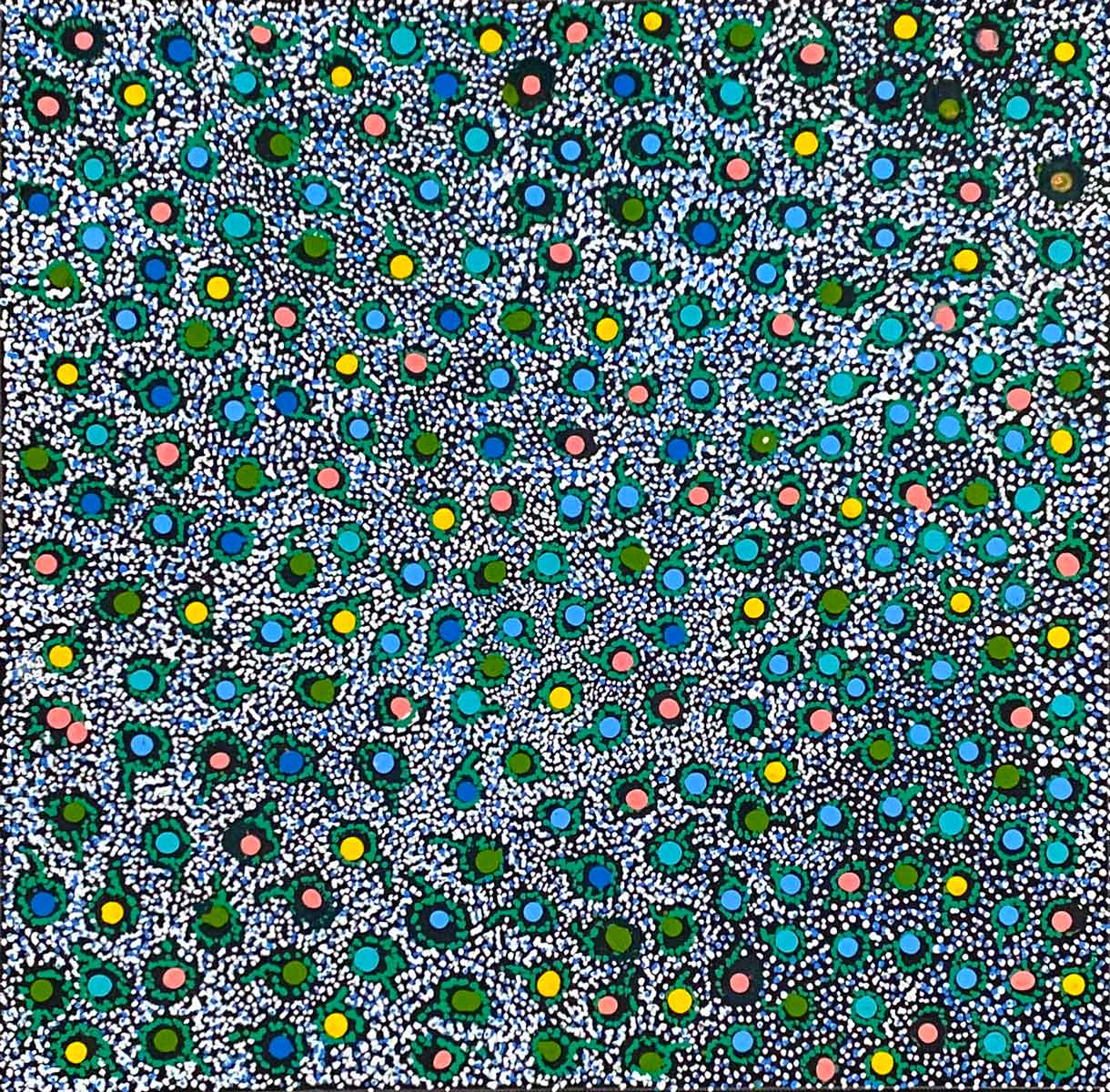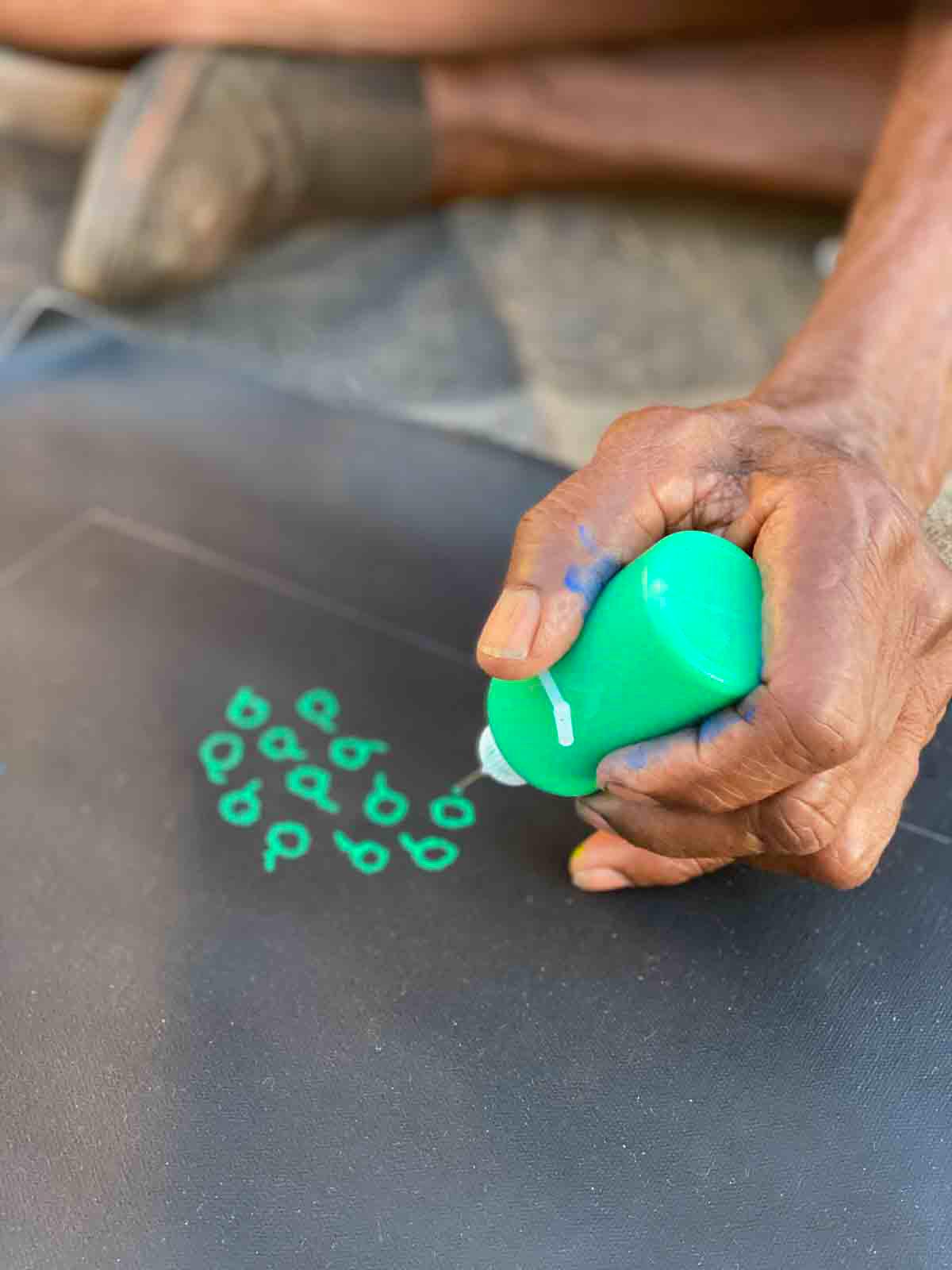Your Cart is Empty
Paintings
Exhibitions
Subscribe to receive your exclusive preview of exhibitions prior to opening.
You will be able to view and purchase exhibition artworks before they go live.
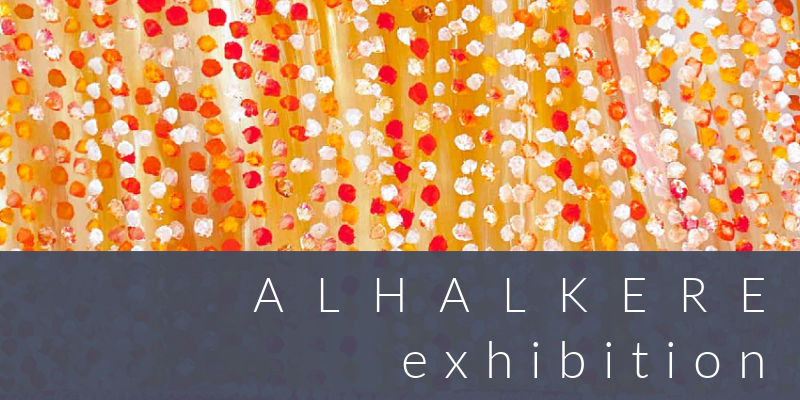
Current Exhibition
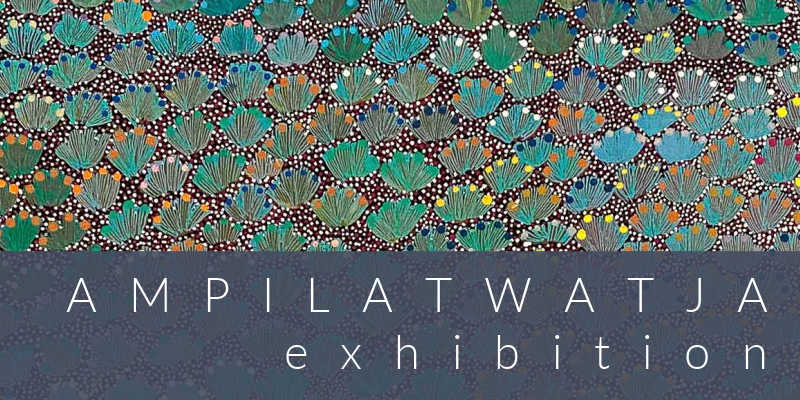
Past Exhibitions
Subscribe to receive your exclusive preview of exhibitions prior to opening.
You will be able to view and purchase exhibition artworks before they go live.
Subscribe
Collections
Artists
About the Artists
Our vibrant and dynamic artists are from the Utopia region; a large remote area of Central Australia which, until recently, had no government funded art centre. As a result of their pioneering efforts, they have one of the strongest and richest art histories.

Explore More Artist Bio's >
About the Artists
Our vibrant and dynamic artists are from the Utopia region; a large remote area of Central Australia which, until recently, had no government funded art centre. As a result of their pioneering efforts, they have one of the strongest and richest art histories.
Collecting Bush Tucker
About Collecting Bush Tucker
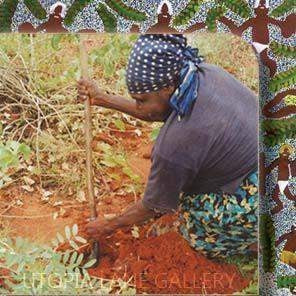
 Collecting bush tucker (or bush foods) is still a common practice by the aboriginal people of Central Australia, although some of the more arduous forms (such as collecting seeds) is not as habitual now.
Collecting bush tucker (or bush foods) is still a common practice by the aboriginal people of Central Australia, although some of the more arduous forms (such as collecting seeds) is not as habitual now.
There are six areas that bush tucker are sourced from:
1. Bush tucker from animal sources - including kangaroo, emus, wild turkey, rock wallaby, possums, snakes and lizards and anteaters.
2. Bush tucker from plant sources - including wild orange, wild passionfruit, wild fig, bush tomato, conkerberry, mistletoe, bush banana and bush coconut, quandongs, pencil yams, mulga apple, bush plums and sultanas.
3. Edible seeds - including mulga seeds and wattle seeds.
4. Grubs and insects - including witchetty grub, cicadas, caterpillars. Other grubs are found in various tree species such as river red gum, coolibah, ironwood and the prickly wattle.
5. Honey and nectars - found in the honey ant, honey from the native bee, nectar from the flowers of the bloodwood and corkwood trees.
6. Water - the search for water in the dry desert conditions was essential for survival. Water could be found in soakages, tree roots and hollows and the very scarce permanent water holes.
Bush tucker and bush foods can be depicted in numerous ways in aboriginal paintings. Sometimes in abstract forms, particularly if symbolic to a Dreamtime story in which the painting designs are also influenced by song, dance and interconnecting Dreamtime stories - the whole picture. And other times they are illustrated in their natural form, showing women or men collecting the various bush tucker, not as a Dreaming, but a depiction of daily ritual and teaching.
Women Collecting Bush Tucker is a common subject that many Utopian and other Central Australian aboriginal artists paint. Often traditional symbols accompany these paintings that are used to depict the women and their accompanying tools.
For centuries, aboriginal women and men have been depicted in cave and sand drawings by U shaped motifs. If one can imagine looking down from a bird’s eye perspective, a human body would look like this sitting down. Other artists come up with other illustrations to depict this, such as Marie Ryder who uses footprints in the sand to show the tracks that the women leave behind.
Traditional tools used for collecting bush tucker are coolamons (carved wooden bowls), represented by an oval shaped symbol, and digging sticks or 'nulla-nullas' represented by straight lines about the size of the coolamon. Often their will be a circle, or concentric circles, representing the site of significance to the painting - usually the site where the bush tucker is being collected.
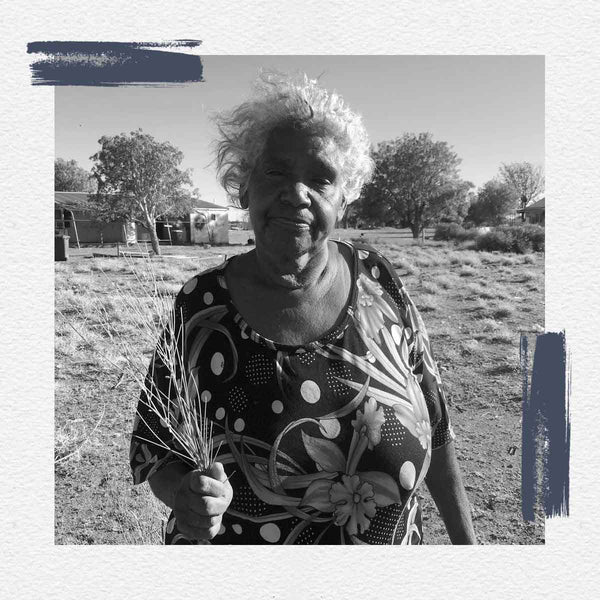
Subscribe to our VIP group for new arrivals, exhibition previews + special features ♥







